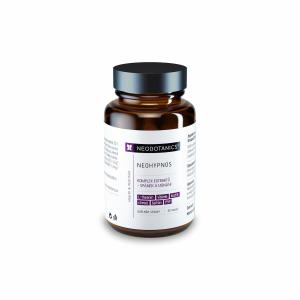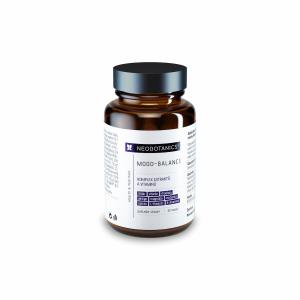
What is Vertigo and How to Manage It

Vertigo - When the World Spins and the Ground Loses Stability
Vertigo, also known simply as dizziness, is a medical condition that can catch a person off guard at unexpected moments and significantly impact their daily life. This condition is not just common dizziness – it is an intense sensation that the world around you suddenly begins to spin, even though you are standing still. This condition can be accompanied by nausea, loss of balance, and sometimes feelings of anxiety, making it a very unpleasant and challenging problem to manage.
What is Vertigo and How Does it Manifest?
Vertigo is a symptom characterized by a sensation of spinning or swaying, even though the body is actually not moving. This feeling can last a few seconds, but also several minutes or hours, and in severe cases, even days. During vertigo, a person may have trouble maintaining balance, which can lead to falls and injuries. Additionally, these episodes can be associated with nausea, vomiting, and significant fatigue.
Unlike common dizziness, which can be caused by factors such as dehydration or a sudden drop in blood pressure, vertigo is often the result of disorders in the inner ear, brain, or nervous system. The brain relies on the inner ear as the primary source of information about movement and body position. When this information is distorted or interrupted, it results in the sensation that the world around you is moving, even though you yourself remain still.
Try our natural products
What Factors Can Trigger Vertigo?
Vertigo can have various causes, ranging from relatively benign conditions to more serious illnesses. The most common cause of vertigo is problems related to the inner ear, specifically the parts responsible for maintaining balance.
One of the most common conditions causing vertigo is benign paroxysmal positional vertigo (BPPV). This condition is caused by the displacement of tiny calcium crystals calcium (otoliths) in the ears, which irritate the balance structures. BPPV is often triggered by a sudden change in head position, such as getting out of bed or a sudden head movement.
Another common cause is Ménière’s disease, a chronic inner ear disorder that causes recurring episodes of dizziness, tinnitus (ringing in the ears), and gradual hearing loss. This condition results from an excessive build-up of fluid in the inner ear, which disrupts balance.
Vestibular neuritis, an inflammation of the vestibular nerve that connects the inner ear to the brain, is another cause of vertigo. This inflammation is often caused by a viral infection and can result in sudden and severe dizziness that lasts several days to weeks.
Migraine, known primarily for its headaches, can also cause vertigo, either as part of the migraine itself or as a separate attack without the presence of a headache. Migraine-related vertigo, known as vestibular migraine, can be particularly concerning as it combines feelings of spinning with typical migraine symptoms such as sensitivity to light and sound.
Diagnosing Vertigo
Diagnosing vertigo begins with a thorough conversation with a doctor, during which it is necessary to describe the nature and frequency of the dizziness, whether it is associated with other symptoms such as nausea or hearing loss, and how long it lasts. The doctor will also inquire about medical history, including previous illnesses, head or ear injuries, and family history of vertigo or other neurological issues.
Following the detailed conversation, specialized tests focusing on the function of the balance system are conducted. Electronystagmography (ENG) or videonystagmography (VNG) are tests that measure involuntary eye movements that occur when the balance system is disrupted. The caloric test, where warm and cold water or air is introduced into the ear, helps determine how well the inner ear and balance nerves respond to temperature changes.
If there is suspicion of a migraine or other neurological causes, a neurological examination or imaging techniques like MRI (magnetic resonance imaging) or CT (computed tomography) may be performed to rule out other serious conditions such as brain tumors or vascular problems.
Treating Vertigo
The treatment of vertigo depends on its cause. For BPPV, the Epley maneuver—a series of specific head movements—is effective in helping move the displaced calcium crystals back to their correct place in the ear. This simple procedure often significantly alleviates symptoms after a single session.
In Ménière’s disease, treatment focuses on symptom control and includes lifestyle changes such as reducing salt intake in the diet, which can decrease fluid build-up in the ear. Doctors may also prescribe medications for dizziness or diuretics to help remove excess fluid from the body.
Vestibular rehabilitation is another important aspect of treatment, especially for chronic forms of vertigo. This type of physical therapy involves specific exercises aimed at improving balance and strengthening the brain's ability to compensate for signals from a damaged balance system.
For vestibular migraine, treatment focuses on preventing attacks with medication and identifying and avoiding triggers, such as certain foods, stress, or lack of sleep.
Try our natural products
Living with vertigo can be challenging, but there are strategies to better cope with this condition. The key is understanding your own body and identifying factors that may trigger episodes. For some people, keeping a diary to record situations when vertigo occurs can be helpful in better understanding triggers.








